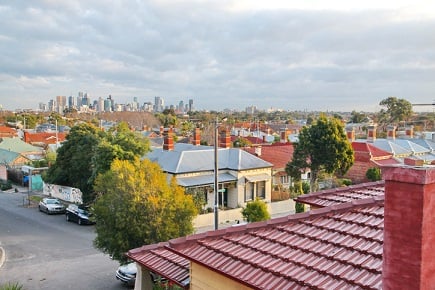

By
Housing affordability declined across Australia in the December 2017 quarter, with the proportion of income required to meet loan repayments increasing to 31.6% – up from 30.3% the previous quarter.
But with the index 0.1 percentage point lower than the same quarter of December 2016, this means housing affordability was virtually unchanged over that period, says the latest Adelaide Bank/Real Estate Institute of Australia Housing Affordability Report.
Real Estate Institute of Australia president Malcolm Gunning said any major improvement in housing affordability will come from a considerable increase in supply.
“A report by the Grattan Institute, Housing Affordability: Re-Imagining the Australian Dream, concurs with this and says that industry needs to build an extra 50,000 homes a year for a decade so that house prices are 5% to 20% lower than they would be otherwise,” said Gunning.
“This may appear an easy prescription but the reality is that unless there is a coordinated and aligned approach by all three levels of government this will not occur. We need to address this with some urgency and reform the planning and approval process. We need all tiers of government involved and implementing change.”
By state, housing affordability went down in all states and territories over the quarter, with Tasmania recording the biggest decline. The proportion of income needed to make loan repayments in the state climbed by 2.4 percentage points to 25.7% in the December quarter. On the other hand, Queensland made the least decline in affordability, with the share of income required for loan repayments going up by 0.8 percentage points to 27.6%.
NSW remains the least affordable in terms of loan repayments. 37.8% of family income is required to pay back loans in the state, up from 36.1% in the September 2017 quarter. But the proportion is lower when compared to a year ago.
Rental affordability also went down in the December quarter, with the proportion of family income needed to meet rent payments inching up by 0.1 percentage point to 24.5% over the quarter, says the report.
While rental affordability improved in NSW and Queensland and remained steady in Western Australia, it declined in Victoria, South Australia, Tasmania, the Northern Territory, and the ACT.
NSW continues to be the least affordable state or territory to rent a property, with 29.7% of income required to meet rental payments – 5.2 percentage points higher than the national level. The ACT remains the most affordable state or territory to rent a property despite an increase to 18.2% in the share of income needed to meet median rents.
